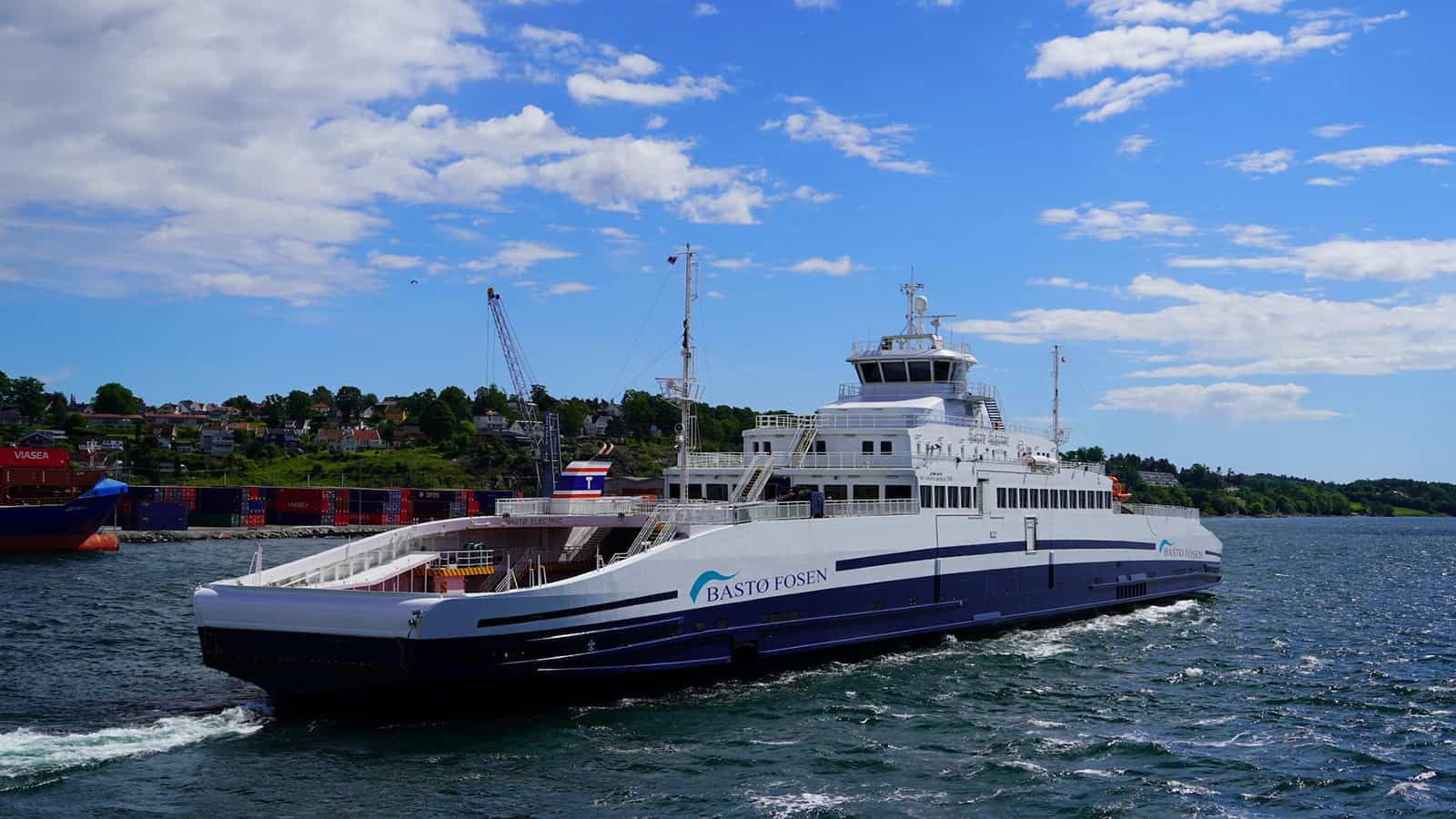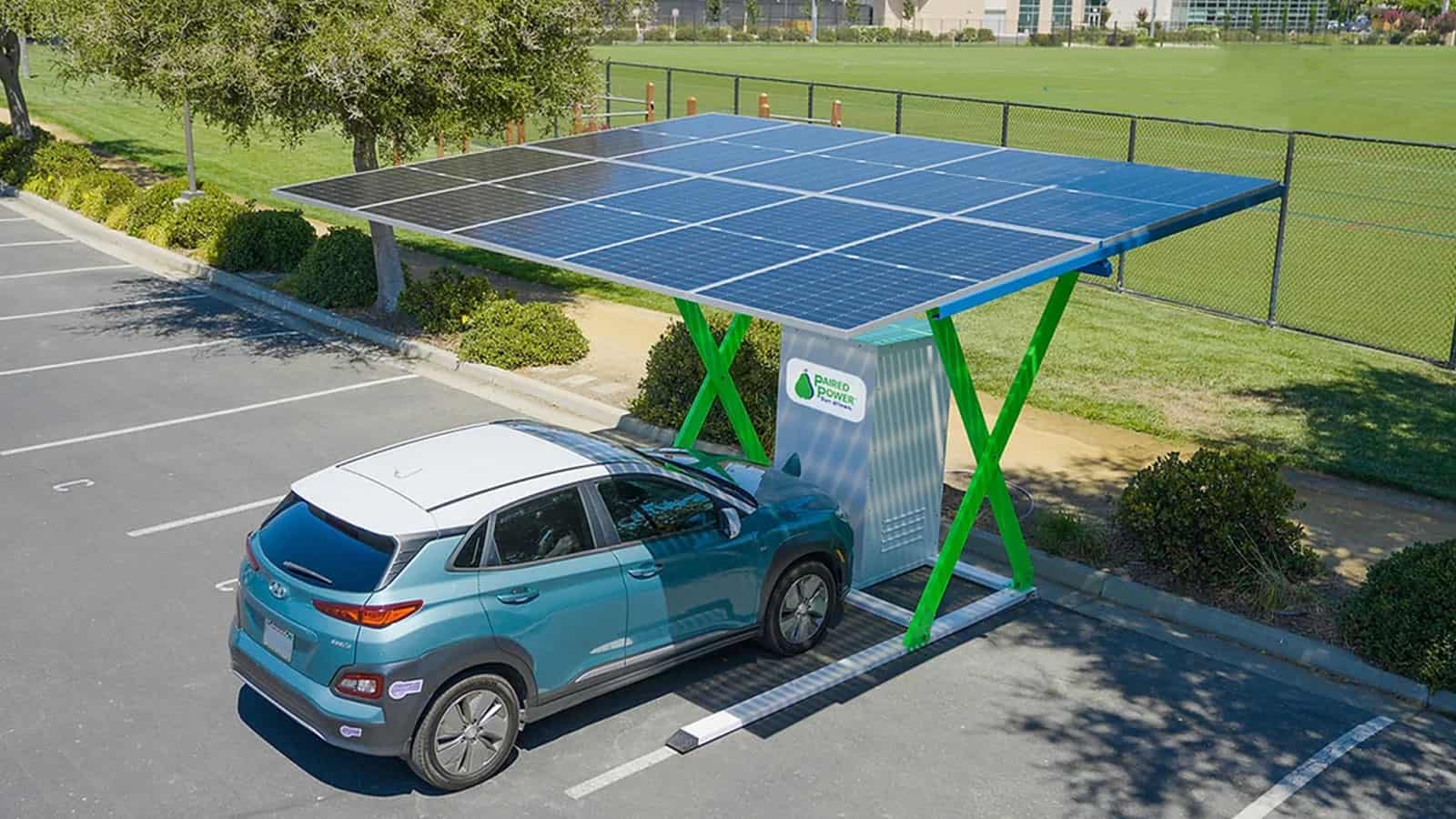- The country faces an uphill battle when it comes to electrifying its infrastructure, especially with its reliance on oil and gas for the bulk of its economy.
- Norway has been working to create greater electrification opportunities in the maritime industry.
- Norwegian climate tech faces competition, but a state-owned climate investment company may help accelerate the transition.
While Norway may be known for its oil and gas industry, it is making strides in climate tech. Electrification in Norway has made some major headway, as the country tries to diversify its economy away from being so heavily influenced by oil and gas. This can all complement Norway’s vast natural resources for renewable energy.
Maritime Transportation
One huge sector that Norway is looking at for decarbonization is maritime transportation. Norway’s extensive coastline and various fjords make the maritime industry vital for transporting equipment and exports in addition to providing transportation for its numerous coastal cities and towns.
Incredibly, nearly half of Norway’s domestic ferry fleet has embraced electrification, making this country the leader in electric ferries worldwide.
One innovative start-up in this space is Hyke, which is pioneering fully-electric, self-driving ferries. Hyke’s approach tackles two major challenges faced by ferry electrification start-ups: scalability and cost. Their vessels use rooftop solar panels and wireless charging while they’re docked. They also offer buyers a complete package that includes floating jetties, which eliminates the need for planning permits. In addition, their boats feature an “auto-docking function” supported by sensor packs, reducing labor costs.
Natural Resources & Policies
Norway’s vast array of natural resources and favorable policy environment give it a huge advantage over other countries when it comes to scaling electric transport.
With 3,600 hydroelectric dams, Norway enjoys a nearly 100% renewable power mix, enabling the widespread development of charging stations for electric vehicles and vessels. Additionally, the country has implemented supportive policies, including generous tax incentives, resulting in the most mature electric vehicle market globally. In fact, a staggering 80% of cars sold in Norway in 2022 were electric.
Plus, a parliamentary ruling in 2015 mandated that all new ferry tenders prioritize low-emission technologies. This led the government to introduce fiscal support measures for electric boats, acting as a catalyst for pilot projects.
This downturn encouraged shipyards to explore vessel development for different applications, with electric ferries emerging as a welcome opportunity, as highlighted in a 2021 report from the Energy Research & Social Science journal.
Climate Tech and Competition
The Norway electrification start-up scene is promising but relatively small. In 2022, Norway’s climate tech investments amounted to just under $380 million, showing a 45% increase from the previous year. However, this figure is still significantly lower compared to Germany’s investments in climate tech and represents a smaller portion of Norway’s GDP.
Meanwhile, the competition for domestic talent is particularly challenging because of government tax breaks that favor the oil and gas sector – these tax breaks reduce the employment costs within that industry. To foster the development of the climate tech scene, Norway has established Nysnø Climate Investments, one of the world’s first state-owned climate investment companies. Created in response to the end of the oil age, Nysnø aims to accelerate the green transition.
In short, Norway recognizes the need to transition away from fossil fuels and is actively working to cultivate its climate tech sector. While the start-up scene is still relatively small and faces hurdles in attracting talent, initiatives like Nysnø Climate Investments demonstrate the country’s commitment to driving the green transition and building a more sustainable future.

SOURCE | IMAGE: ENERGYMONITOR | FRANZ WENDER
FTC: We use income-earning auto affiliate links. Learn more.





























